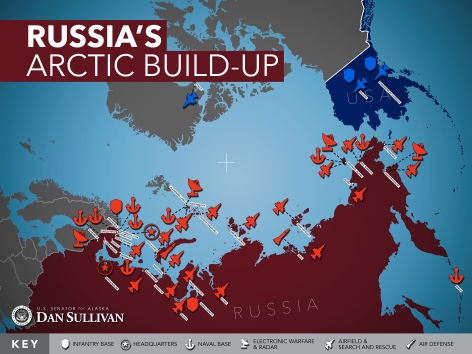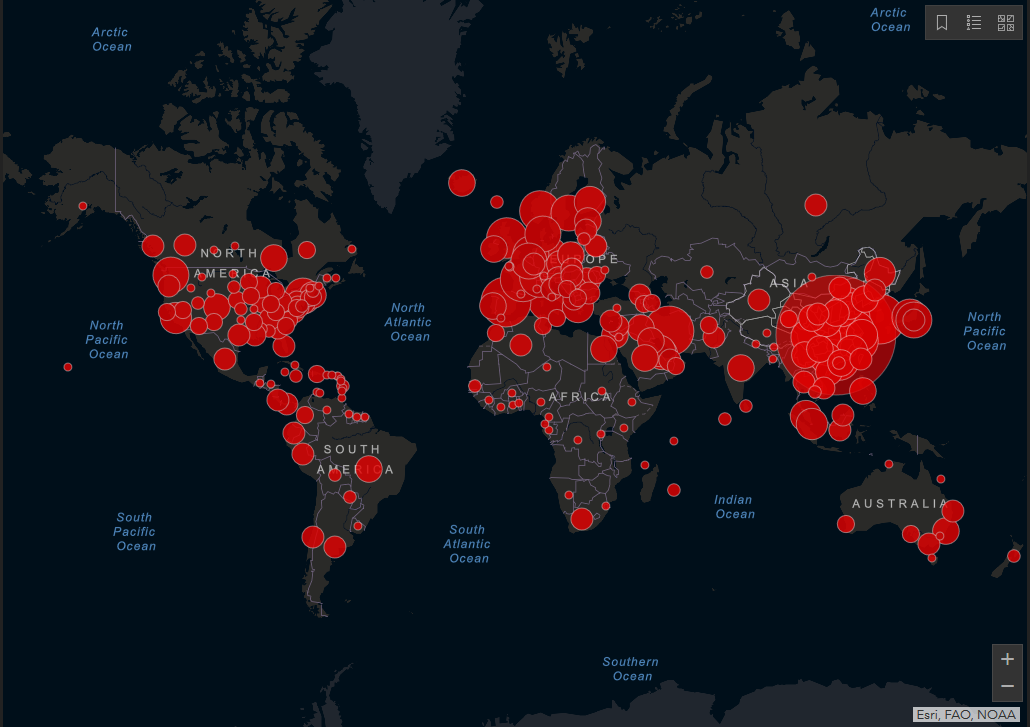 – “Right-Wing Extreme Nationalist” Wanted to Save Norway from Islam and “Cultural Marxism”
– “Right-Wing Extreme Nationalist” Wanted to Save Norway from Islam and “Cultural Marxism”
– Breivik Admired Vladimir Putin, Kremlin Spokesman Swiftly Denounces Norwegian Terrorist as “Devil Incarnate”
– Kremlinologists Who Hold to Golitsynian Thesis Must Consider Possibility Breivik “Cut Out” for East Bloc Secret Services
Last Friday, in the worst act of terrorism in Norway since the Nazi occupation more than 65 years ago, a powerful fertilizer-fuel bomb hidden in a Volkswagen Crafter panel van exploded in sedate downtown Oslo, near the offices of the prime minister, Ministry of Petroleum and Energy, and Ministry of Finance. The Telegraph reports on the shocking devastation in the Norwegian capital:
At the scene of the blast on Saturday, the carnage was evident. Windows were blown out in buildings as far as five blocks away while in the immediate vicinity of Grubbegata Street, which runs alongside the Ministry of Petroleum and Energy and the Prime Minister’s office, there was utter devastation.
The road and the pavements around the building were still covered in twisted metal and broken glass yesterday while official documents blown out of offices by the force of the explosion still lay strewn in the street. Other buildings badly damaged included the nearby Ministry of Finance and the Ministry of Health.
Eight people, including at least two civil servants, were killed. Norway’s center-left prime minister, Labour Party member Jens Stoltenberg, was unharmed in the blast. Norway’s finance minister, Sigbjørn Johnsen, was vacationing in Denmark at the time. Police believe the bomb was likely detonated by a timer device rather than by more sophisticated remote control.
Approximately 90 minutes after the Oslo explosion, a gunman impersonating a police officer boarded a ferry at Tyrifjorden, a lake 25 miles northwest of the capital, and sailed to the island of Utøya, where the Labour Party’s annual youth summer camp meets. Beckoning the young attendees toward him, the gunmen opened fire with several weapons and, over the next hour and a half proceeded without hindrance to stalk and mow down 68, mostly teen-age, camp participants. One security guard was killed.
When Norway’s counter-terrorist unit finally arrived, detained by a lack of suitable air transport, 32-year-old Anders Behring Breivik–described in various official statements as a “right-wing extreme nationalist” and even as a “Christian fundamentalist”–peacefully surrendered, admitting to his deed, but denying any criminal wrongdoing.
Breivik was previously a member of Norway’s Progress Party (FrP), which promotes libertarian, conservative, and right-wing populist viewpoints, and its youth wing, FpU. According to current FpU leader Ove Vanebo, Breivik was an active member in the early 2000s, but left the party in 2007 as his viewpoints became more extreme. He eventually “lost all faith” in the Progress Party.
Behind self-confessed mass murderer Breivik lurks a shady “former” Soviet Bloc connection that began at least 10 years ago, when he came into contact with “cultural conservatives” in Eastern Europe. In light of the Soviet strategic deception, it should be remembered that many Eastern European “rightists” began their political careers as communist cadres or as secret police agents or informers.
In a 1,500-page manifesto titled “2083: A European Declaration of Independence,” which he posted on the Internet just hours before his attacks, Breivik laments the Islamization of Norway and Europe in general, denounces “cultural Marxism,” describes Norway’s ruling Labour Party as “communist infiltrated,” rips off entire phrases from the Unabomber’s anti-technology rant, condemns the NATO war against Serbia in 1999, and discloses his membership in a crypto-Masonic organization called the Knights Templar.
Breivik, who was actually a member of Norway’s Grand Lodge until his hasty official expulsion this past weekend, describes a secret meeting in London, held in 2002, to reconstitute the Knights Templar, a medieval military order that pledged its loyalty to the Pope of Rome. Breivik explains that he had come into contact with Serbian “cultural conservatives” on the Internet and then with “other key individuals across Europe.” He wrote:
I met with them for the first time in London… the founding session in London, 2002. I was the youngest one there, 23 years old at the time. One of the key founders
instructed the rest of the group about several topics related to the goal of the organisation. I believe I scribbled down more than 50 full pages of notes regarding all possible related topics. Much of these notes are forwarded in the book 2083. It was basically a detailed long term plan on how to seize power in Western Europe.
In his diatribe, Breivik describes the new “Knights Templar” as a “cultural Christian” organization that intended to “seize political and military control of Western European countries and implement a cultural conservative political agenda.” Of course, students of communism know that an alleged “vast right-wing conspiracy,” to quote Hillary Clinton, is the bête noire of leftists everywhere.
Breivik then reveals that he had been preparing his “operation” since in late 2009, when he set up a farming business, apparently to provide cover for the discreet acquisition of fertilizer and other off-the-shelf bomb-making components. Instructions on how to build a home-made bomb are readily available on the Internet. Police searching Breivik’s farm found three tons of artificial fertilizer, suggesting as much as three tons went into making the Oslo bomb. On July 24, a Norwegian agricultural supply company, Felleskjopet, said they delivered fertilizer to the farm on May 4, only 10 weeks before Breivik’s rampage.
In addition to rubbing elbows with Serbian nationalists, the Norwegian terrorist made several forays into the “former” Soviet Bloc.
In late August and early September 2010, Breivik spent six days in the Czech Republic because the “ex”-communist state has one of the most “relaxed” laws regarding guns and drugs in the European Union. He noted in his manifesto that “Prague is known for maybe being the most important transit site point for illicit drugs and weapons in Europe.”
Breivik hollowed out the rear seats of his Hyundai Atos in order to create a hidden compartment for the firearms he hoped to buy in the Czech Republic. After two days in Prague, he obtained a prospectus for a mineral extraction business, in order to create an alibi in case he was suspected of preparing a terrorist attack. Breivik was particularly interested in buying an AK-47 assault rifle, a Glock pistol, hand-grenades, and a rocket-propelled grenade.
While in Prague, Breivik paid for the services of prostitutes, acquired several fake police badges to wear with a police uniform, which he had acquired illegally on the Internet and which he later wore during the attack at Utøya. Contrary to his expectations, he was unable to obtain any firearms in the Czech Republic, commenting that this was the “first major setback in [his] operation.” In the end, it appears that Breivik acquired his Ruger Mini 14 semi-automatic rifle and Glock pistol legally in Norway.
Intriguingly, in his manifesto Breivik admits that he visited Belarus and studied the regime of President Alexander Lukashenko. The Kremlin media acknowledges this took place in 2005. Referencing the 1986 nuclear disaster in Chernobyl, which affected the Soviet Socialist Republics of Ukraine and Byelorussia, he complains:
The majority of people were irradiated as a direct result of the fact that the Soviet Union did not want to evacuate people (one week’s delay) and did not prevent the distribution of irradiated agricultural goods. Moreover, the dictatorship in Belarus [Lukashenko] intentionally continues distributing agricultural goods from the radiation zone. I was in Belarus and I can personally confirm this. I personally spoke with dozens of people who have no choice but to consume irradiated goods. Sixty percent of the radiation fell on the territory of Belarus and the dictatorship continues to intentionally feed its population with irradiated products.
Breivik divides Europeans into three races, including Belarus among those countries with a high percentage of Nordic people. He writes that Belarus–especially the northern part–was about 55 percent Nordic before 1900 but is presently about 30 percent. By 2070, he predicts that figure will be no more than 15 percent. In a list of nationalist parties in Eastern Europe, Breivik includes Syarhey Haidukevich’s Liberal Democratic Party of Belarus, which is linked to the similarly named party in Russia. Haidukevich denies having ever met Breivik.
Founded in 1989, Vladimir Zhirinovsky’s Liberal Democratic Party of Russia was one of the first potemkin parties founded during the era of glasnost and perestroika in the Soviet Union. There is evidence that Zhirinovsky is a KGB/FSB agent who was tasked with creating a false opposition party to promote the illusion of democracy in the Soviet system.
Of the European Union, Breivik writes: “The first country that tries to escape the hegemony of the EUSSR and USA will face considerable problems. That is why I don’t think Italy or any other small country will have the courage to go first. Even Serbia chose the protection of the EUSSR/USA instead of risking becoming another Belarus.” He expressed support for Israel, probably because of his anti-Muslim stance.
Meanwhile, a Polish chemical company that sold fertilizer to Breivik insists that the transaction was entirely legal, but Polish police have opened an investigation. “According to our experts, the materials bought in Poland were not critical for the construction of the bomb,” soothed Pawel Bialek, deputy head of the Internal Security Agency (ABW), at a news conference. “At this stage, the information and materials we have do not indicate that the relations with the terrorist were anything other than commercial.”
Bialek elaborated that the owner of the company was “cooperating fully” with the authorities in their investigation, adding that the firm sold over 100 kilograms of one substance and several hundred grams of another to the Norwegian. The transaction was made over the Internet and, Bialek confirmed, there is no evidence that Breivik ever visited Poland. The last point is interesting in view of Breivik’s admission that at one time he visited Belarus, which borders Poland to the east.
Significantly, in his manifesto Breivik expresses admiration for Vladimir Putin, himself an open admirer of Soviet dictator Joseph Stalin. He describes Russia’s “ex”-communist prime minister as “a fair and resolute leader worth of respect,” but adds that he was “unsure at this point whether he [Putin] has the potential to be our [the West’s?] best friend or our worst enemy.” After the Norwegian tragedy, Kremlin spokesentity Dmitry Peskov was quick to decry Breivik’s manifesto as the “delirium of a madman” and Breivik as the “devil incarnate.”
In conclusion, we must consider the very real possibility that Breivik, during his strategy sessions with Serbian “nationalists,” his known foray to the Czech Republic, and self-admitted journey to Belarus, fell under the control of East Bloc secret services, especially the Belarusian KGB, which collaborates with the Russian FSB. We must also consider the possibility that Breivik, whom the media is now calling “insane” or possibly a drug addict, is, like the radical Muslims he opposes, another convenient “cut out” for the Moscow Leninists to sow left-right discord in Western Europe ahead of the Fourth World War.
NOTE: We expect this to be our last post until mid-August. Summer vacation has arrived.
 Blogger’s Note: Put down your coffee. This post rates a “Spew Alert.” KGB defector Anatoliy Golitsyn’s remarkable 26-year-old predictions about the bogus collapse of Soviet communism have been confirmed in spades yet again. See this blog’s left column for background data. Full story follows . . .
Blogger’s Note: Put down your coffee. This post rates a “Spew Alert.” KGB defector Anatoliy Golitsyn’s remarkable 26-year-old predictions about the bogus collapse of Soviet communism have been confirmed in spades yet again. See this blog’s left column for background data. Full story follows . . .










